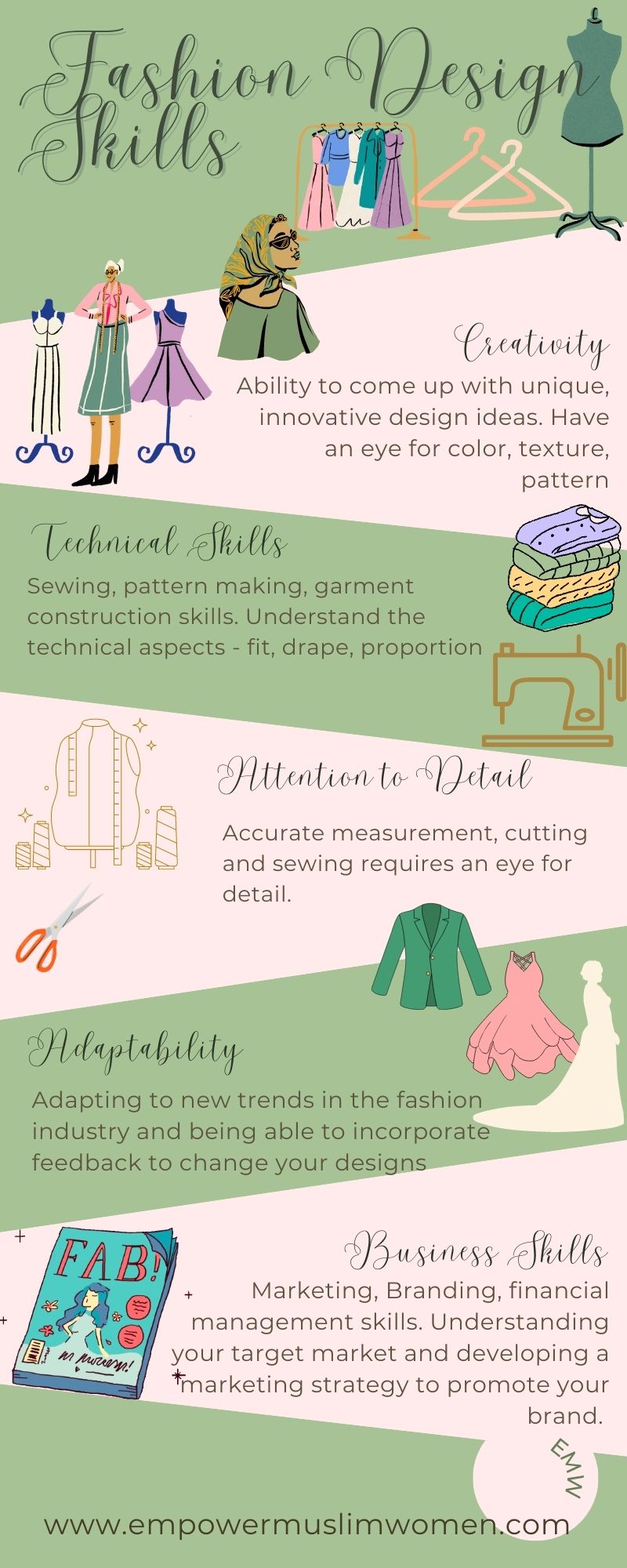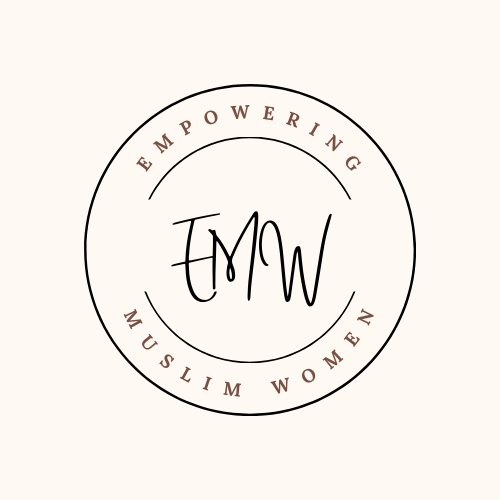Fashion Designer
Posted on April 26, 2023 • 4 minutes • 782 words
Starting a home-based boutique/fashion design studio in Ontario requires several steps to ensure that you comply with all legal and regulatory requirements.
The steps and requirements you need to follow to legally start a home-based boutique/fashion design studio in Ontario:
- Register Your Business: You must register your business with the Ontario Ministry of Government and Consumer Services. This includes registering your business name and obtaining a Business Identification Number (BIN).
- Obtain Permits: Depending on the nature and scope of your business, you may require several permits, including a business permit, a zoning permit, and a health and safety permit. Contact your local municipality to determine which permits you need to obtain.
- Get Liability Insurance: It’s recommended to obtain liability insurance to protect your business from potential lawsuits.
- Obtain a HST Number: If your business has annual revenues over $30,000, you must register for a Harmonized Sales Tax (HST) Number.
- Follow Industry-Specific Regulations: As a fashion designer, you must comply with all relevant health and safety regulations, including proper use of equipment and tools, and proper handling of chemicals and materials. Depending on the nature of your business, you may also need to comply with specific industry regulations, such as labeling requirements for clothing items.
- Get Certified: Although certification is not mandatory, it is highly recommended to obtain a certification from a recognized fashion design organization, such as the Fashion Design Council of Canada. This will not only help you to provide better services but also give your customers the confidence that you are a professional.
- Licenses and Certifications: Depending on the type of clothing or accessories you are creating, there may be specific licenses and certifications required. For example, if you are producing clothing for children, you may need to comply with specific safety regulations and obtain certifications to prove that your products meet those requirements.

Marketing strategies for Fashion Designers:
- Create a Website: A website is essential for any fashion designer to showcase their designs and provide information about their business. Make sure to include high-quality images, descriptions, and contact information.
- Social Media: Social media is a powerful tool for marketing fashion designs. Use platforms such as Instagram, Facebook, and Pinterest to showcase your work, interact with potential customers, and engage with your audience.
- Influencer Marketing: Partnering with fashion influencers can help to promote your designs to a wider audience. Reach out to influencers in your niche and offer them free samples in exchange for promotion on their social media channels.
- Fashion Shows: Participating in fashion shows can help to get your designs in front of potential customers and generate buzz around your brand. Look for local fashion shows and events where you can showcase your work.
- Collaborations: Partnering with other businesses, such as boutiques or accessory designers, can help to increase your exposure and reach new customers. Look for businesses with complementary offerings and consider collaborating on a project or event.
- Whatsapp/Email Marketing: Build an email list/ whatsapp group of interested customers and send them regular updates about your designs, promotions, and events. Use email marketing to stay top-of-mind and build relationships with potential customers.
- Local Networking: Attend local networking events and connect with other designers, entrepreneurs, and business owners in your community. Building relationships with other professionals can help to generate referrals and collaborations.
Remember to be consistent with your branding, messaging, and imagery across all marketing channels. With the right marketing strategies, you can build a loyal customer base and grow your home-based fashion design business.
Startup costs for Fashion Designers:
The initial investment for a fashion designer boutique operated from home in Ontario can vary depending on several factors such as the type of clothing you plan to design, the size of your inventory, and your marketing strategies. Here are some potential costs you may need to consider:
- Sewing and Design Equipment: If you plan to create your clothing designs, you will need to invest in a sewing machine, fabric, and other sewing supplies. Depending on your level of expertise and the complexity of your designs, this cost can range from a few hundred to a few thousand dollars.
- Inventory: You will need to purchase inventory such as fabric, thread, buttons, zippers, and other supplies. The cost of inventory will depend on the type and quantity of clothing you plan to create.
- Marketing: You will need to invest in marketing to promote your business and attract new customers. This may include creating a website, printing business cards and flyers, and advertising in local media.
Overall, the initial investment for a fashion designer boutique operated from home in Ontario can range from a few thousand dollars to tens of thousands of dollars depending on your needs and goals.
